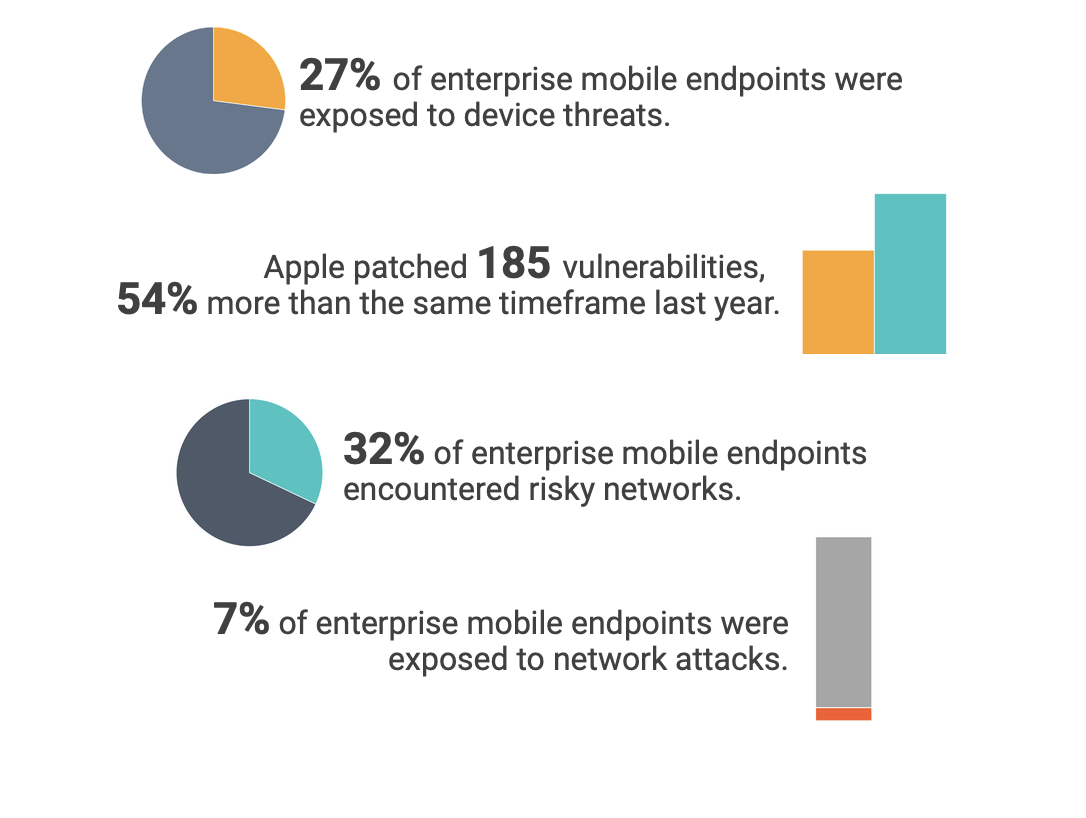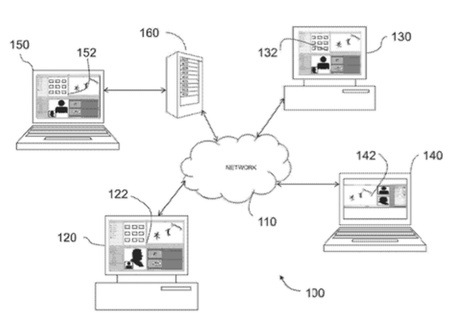Within the next 10 years, retiring Baby Boomers over the age of 65 will constitute more than one-third of the registered drivers on U.S. roads, according to new research. A majority of those individuals behind the wheel will be driving vehicles increasingly loaded with digital connectivity and content designed to lure a generation of buyers accustomed to smartphones and tablets.
With mounting concern in recent years about driver distraction resulting from the increased use of in-vehicle technology, will the risk of driver distraction only escalate as these newly-retired drivers, faced with changing sensory perceptions, adapt to their digital environments?
Not to worry. Senior citizens on average may not be as technology savvy as their Gen Y counterparts, but a recent study measuring driver distraction finds that interactive speech technology can help them interface with navigation systems while driving just as safely as younger drivers.
Agero Connected Services, a provider of cloud-delivered content, services, and driver interfaces to global automobile manufacturers, and the Virginia Tech Transportation Institute (VTTI) teamed up to conduct the research. They found seniors aged 65 to 75 closely maintained driving performance comparable to drivers aged 18 to 30 when cloud-based speech recognition technology was used to access directions and other destination information. In contrast, when asked to perform the same task using a visually and manually dependent navigation device common in today’s market, senior drivers were six times more likely to veer out of their driving lane.
“Using either a speech-only interface or a speech interface combined with brief glances to a display screen helped senior drivers improve their driving and leveled the performance gap between the two generations,” says Tom Schalk , Agero’s vice president of Voice Technology.
Similar results were recorded when both age groups were required to detect perepheral events while driving and searching for information. Peripheral sight engagement is an important element in driver distraction. Using the aftermarket navigation device, Gen Y drivers detected 95% of the peripheral signals while the seniors detected only 74%. When speech solutions were introduced, seniors were able to spot 94% of the signals, just slightly below the younger drivers’ percentage.
Vehicle connectivity and infotainment content are often introduced or enhanced in high-end vehicles purchased by middle-aged and senior drivers. Findings from the Agero/VTTI study indicate that integrating natural language speech technology with vehicle infotainment systems diminishes the general safety concern that seniors are vulnerable to distractions from new technology.
Seniors participating in the test indicated a preference for speech systems in their personal vehicles, which also contradicts the common notion that technology-averse drivers will avoid its use, even if the interface is simple and easy to use.
Agero Connected Services (ACS) is a provider of private-labeled, connected vehicle services for the automotive, insurance, and aftermarket industries. For more info go to www.agero.com .



